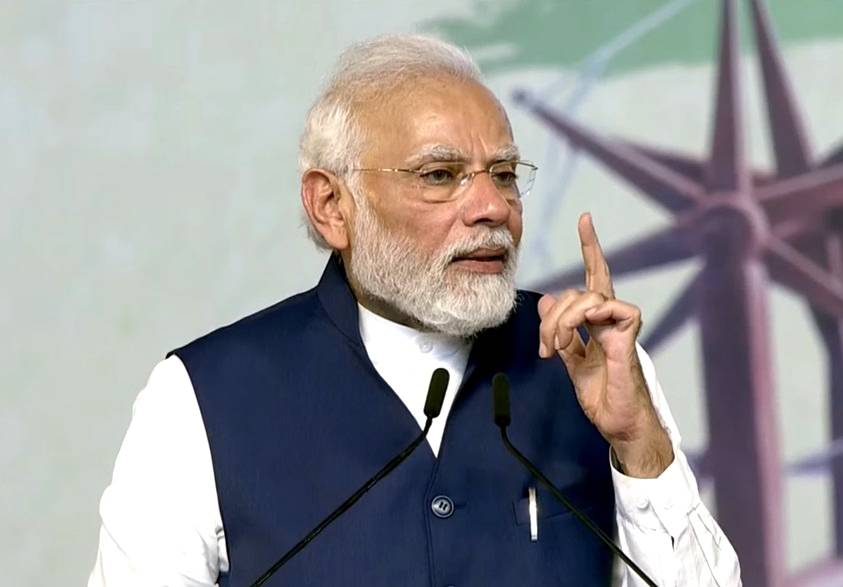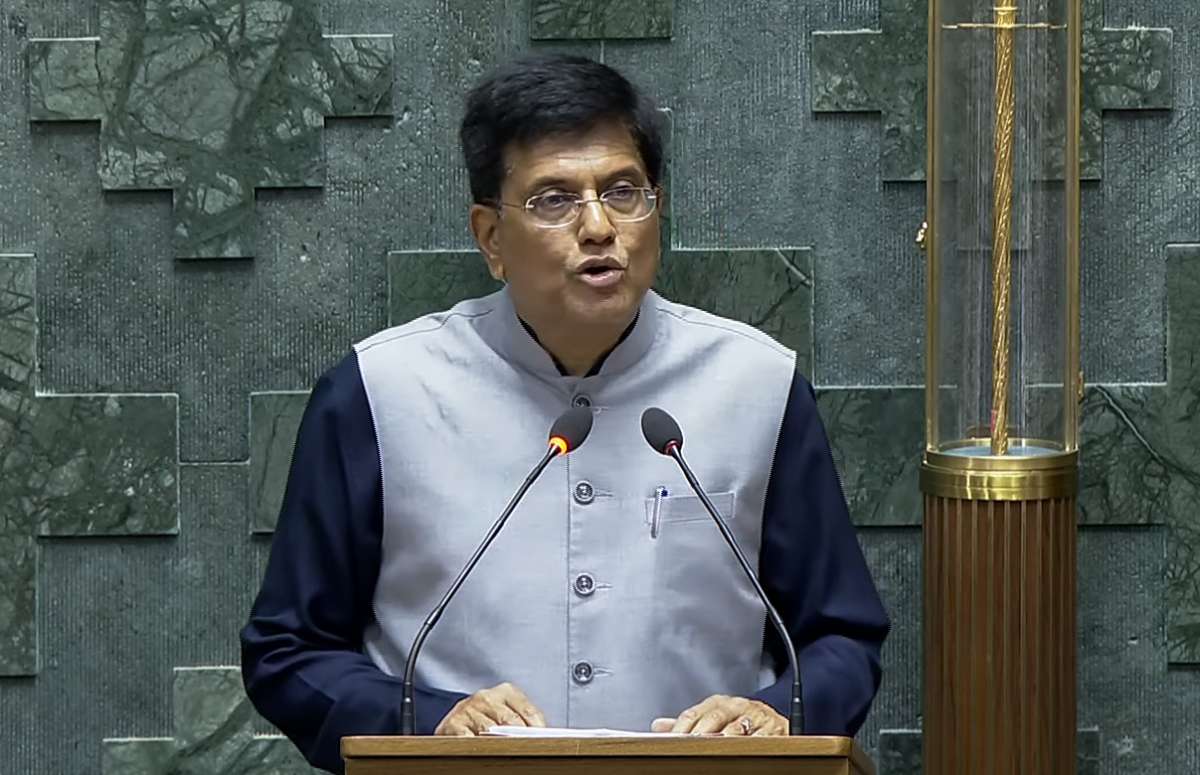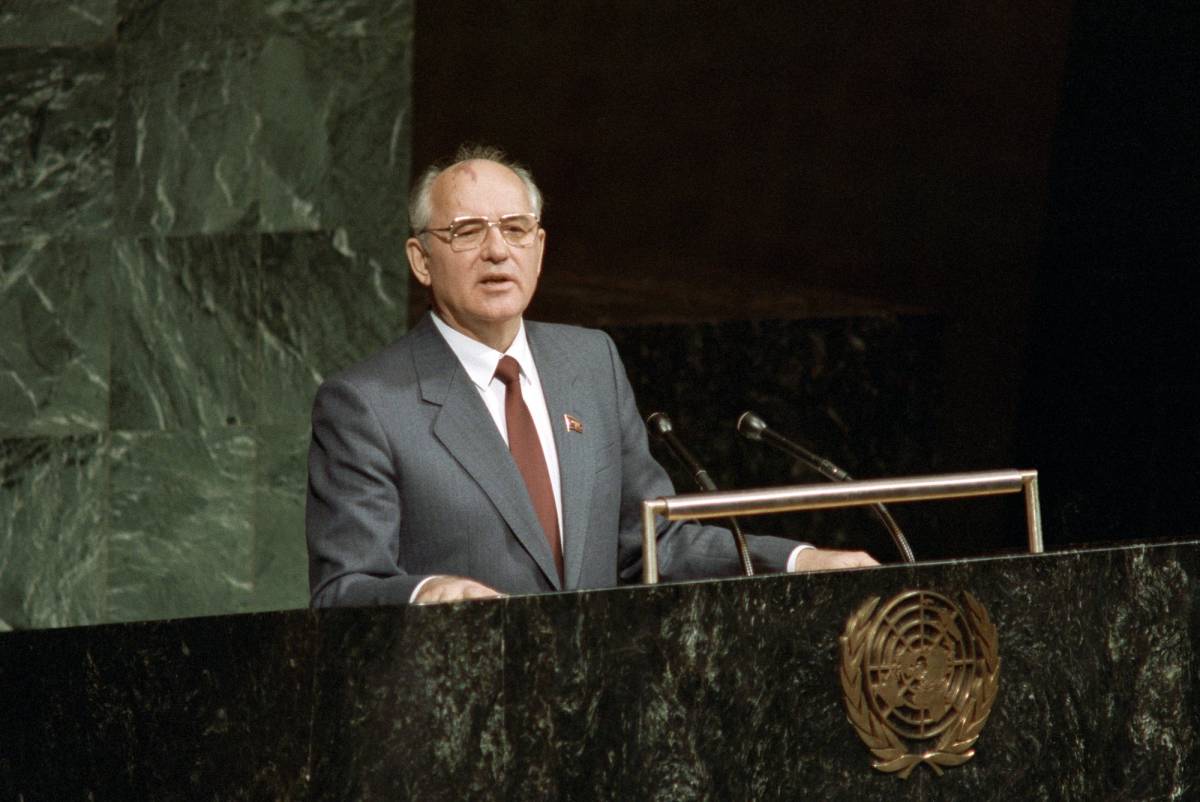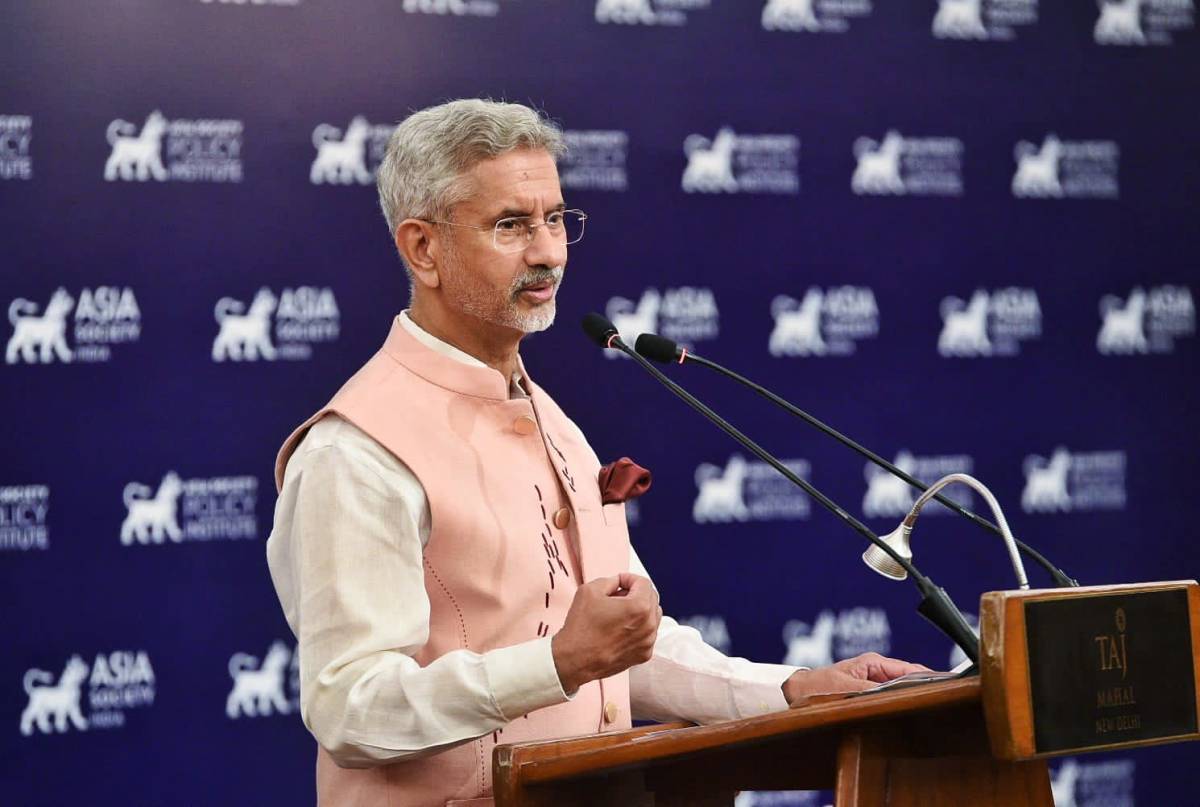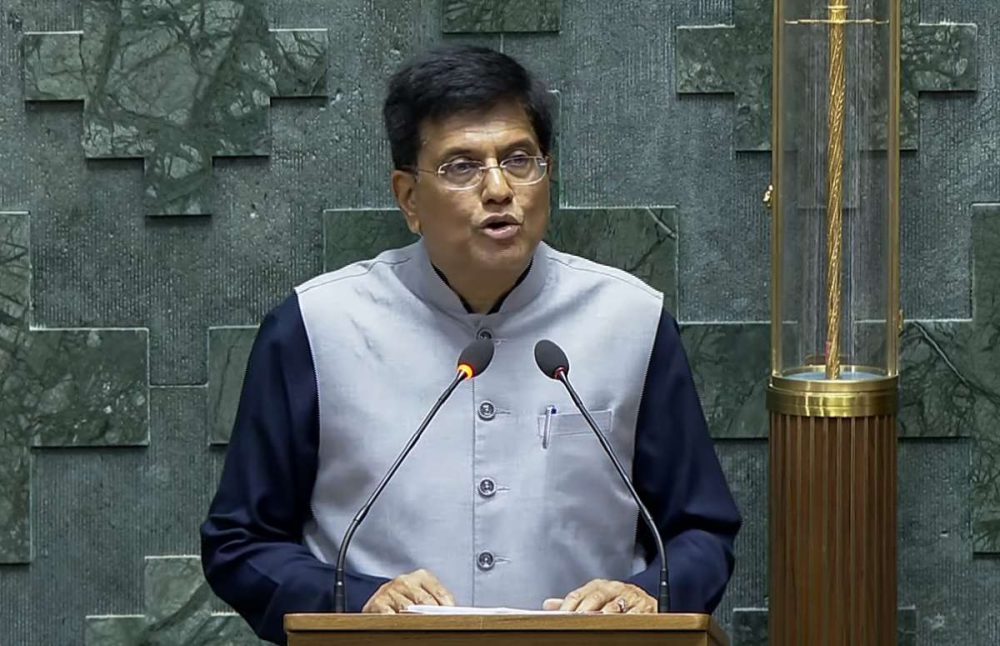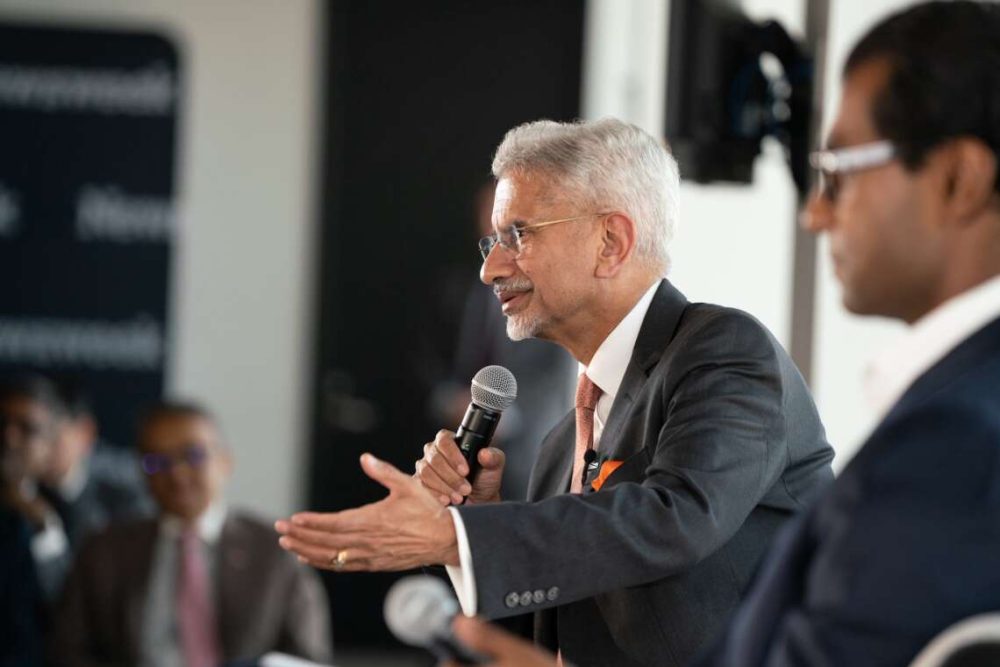Vikrant will strengthen India’s deterrence against China, navy vice chief Vice Admiral SN Ghormade said last week…reports Asian Lite News
The Indian Navy will jettison a Colonial-era vestige, the Cross of St George on its flag, this week, with Prime Minister Narendra Modi set to unveil a new naval ensign on September 2 at the commissioning ceremony of India’s first indigenous aircraft carrier Vikrant in Kochi, the PMO said on Tuesday.
This will be the fifth change in the naval ensign since 1950.
“During the (commissioning) event, the PM will also unveil the new naval ensign (nishaan), doing away with the Colonial past and befitting the rich Indian maritime heritage,” the PMO announced in a statement, triggering curiosity in military circles about the new ensign that has so far been kept under wraps.
There was no official word on what the new naval ensign will be, though the reference to “doing away with the Colonial past” in the statement makes it clear that the St George’s Cross (a red cross on a white background) will no longer adorn the naval flag. The patron saint of England, St George is still identified with ideals of honour and gallantry.
The current naval ensign is a red cross set on a white background, with the national emblem placed at the intersection and the Indian flag in the top left quadrant.
“I have no idea what the new naval ensign looks like. But anything that celebrates our glorious maritime past is a welcome step,” said naval historian Commodore Srikant Kesnur (retd).
This is not the first time the St George’s Cross has been dropped from the naval ensign, officials familiar with the matter said.
Between 2001 and 2004, the navy adopted an Indianised ensign that displayed only the Indian flag and the navy crest, bringing in commonality with the flags of the Indian Army and the Indian Air Force that have the national flag and the respective service crests set on red and blue backgrounds, respectively.
The army and IAF adopted their current ensigns in 1950.
The navy’s ensign from 1950 to 2001 was the St George’s Cross on a white background, with the national flag in the upper canton before it was changed in 2001. In 2004, the navy returned to its pre-2001 ensign with the addition of the state emblem placed at the intersection of the cross.
The next change in ensign was introduced in 2014 when the words “Satyamev Jayate” were placed under the national emblem at the centre of the St George’s Cross.
The army’s red ensign has the national flag in the upper canton with crossed swords under the national emblem alongside, while the air force’s blue ensign contains the national flag in the first quadrant and a roundel in Tricolour.
After Vikrant is commissioned, the navy will focus on conducting critical flight trials on board the aircraft carrier from November, with the warship likely to be fully operational by the middle of next year. Vikrant has an indigenous content of 76%.
“A shining beacon of Aatmanirbharta (self-reliance) in defence sector, Vikrant has been made using indigenous equipment and machinery supplied by India’s major industrial houses as well as over 100 MSMEs,” the PMO said, calling the upcoming commissioning a significant step towards self-reliance in the defence sector.
It added that with the commissioning of Vikrant, India will have two operational aircraft carriers that will strengthen the country’s security.
Vikrant will strengthen India’s deterrence against China, navy vice chief Vice Admiral SN Ghormade said last week.
India currently operates a solitary aircraft carrier, INS Vikramaditya, bought second-hand from Russia for $2.33 billion. The navy has been arguing it needs three such floating airfields given its vast area of interest.
The 45,000-tonne Vikrant has been built at Cochin Shipyard at a cost of ₹20,000 crore. Only the US, the UK, Russia, France and China have the capability to build aircraft carriers. It has been named after aircraft carrier INS Vikrant operated by the navy from 1961 to 1997.
Vikrant will be the fourth aircraft carrier to be operated by the Indian Navy — first INS Vikrant (British origin), INS Viraat (British origin) from 1987 to 2016 and INS Vikramaditya 2013 onwards.
ALSO READ-Modi’s 5 pledges for India’s future


